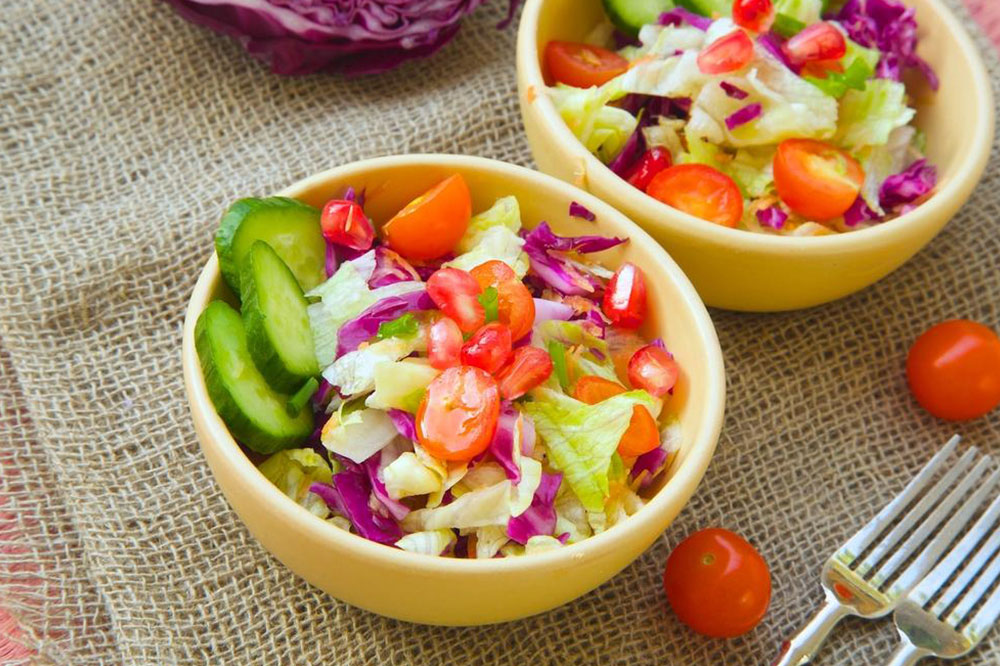
The Differences Between a Clean and Dirty Keto Diet
The term keto diet has gained popularity within a very short span due to its manifold health and weight-loss benefits. The diet is such that it reduced the consumption of sugar or carbohydrate foods, but still lets participants continue to enjoy their favorite snacks using alternatives to carbohydrates. However, recent times have brought forth a buzz about the dirty keto diet and you must understand what the keto diet dos and don’ts are to understand the difference between the healthy and dirty keto diet options:
1. What is the logic behind a keto diet?
In brief, keto is a diet that includes low-carb and high-fat foods so that the body burns fat for energy instead of carbohydrates. It is a plan where you are allowed to keep burgers and cakes on the list of things you can have, but within limits and with slight modifications. A clean keto diet focuses on whole, nutrient-rich food items and pays close attention to their quality. In clean keto, there is a bigger restriction on high-carb foods such as potatoes, breads, rice, and most fruits. What really turns this healthy diet into a dirty diet is the foods that you pick within the approved list. The moment you step off from the strict keto diet dos and don’ts, you end up on a dirty keto diet.
2. Understanding a keto diet
A traditional keto diet includes whole, unprocessed or minimally processed foods that are low in carbohydrate content. The balance that you need to strike up in your food categorization is to add in 75% of fats, 20% of proteins and only the remaining 5% can be carbs in any meal any day. The fats consumed must be healthy fats and not unhealthy ones. This means you must stick to olive oil, nuts, avocado, lean meats, legumes, and such. Moreover, the carbs you eat should be derived mainly from vegetables. The main reason you need to keep the balance in this type of diet is so that your body hits a state of ketosis, which is defined as a metabolic process wherein the body starts burning up the fats to generate energy and initiate weight loss over a period of strict dieting.
3. Dirty keto diet
When you sway away from the keto diet dos and don’ts and do not pay heed to the sources of the food item consumed, it can be called a dirty keto diet. While your body may still achieve ketosis, you may not reap the full benefits of the diet in this variant of keto. Individuals following a dirty keto diet tend to eat more processed foods that are high in sodium. In short, the sources of the fats in the diet plan change in a dirty keto and individuals consume fewer vegetables and whole, organic foods. These unhealthy food additions can also end up increasing your weight or end up in other health-related issues as your body does not have the necessary nutrients supply.
The only way to ensure that you get the right balance is to stick to the keto diet dos and don’ts without wavering, i.e., a clean keto diet is the only correct keto diet.


